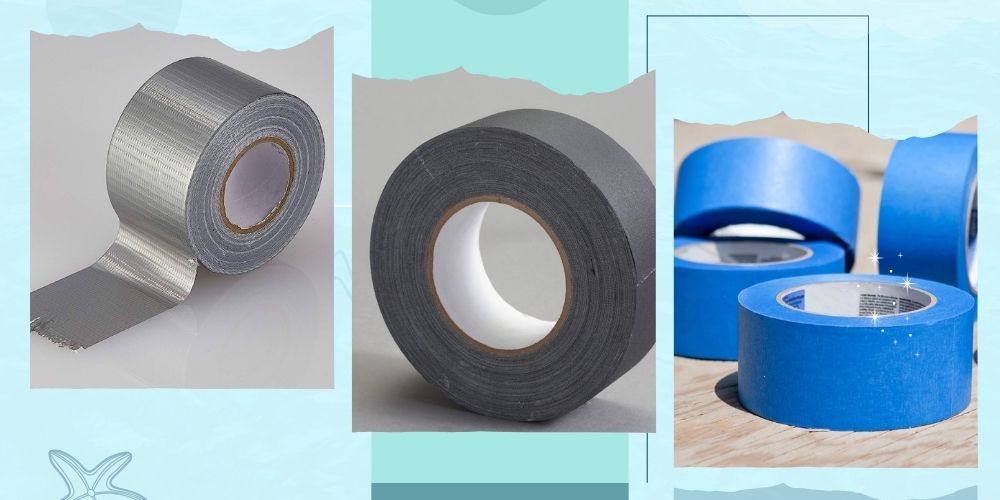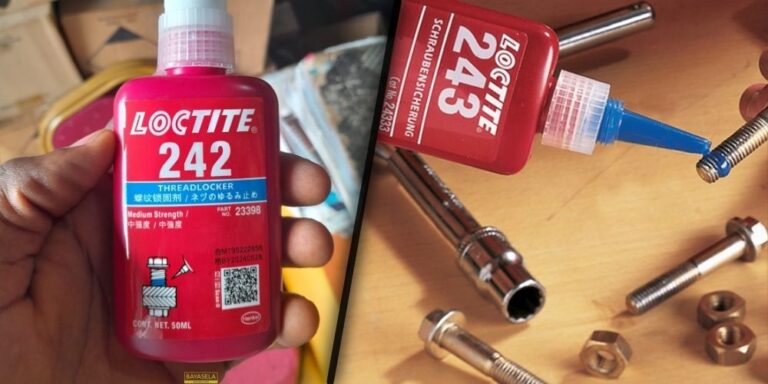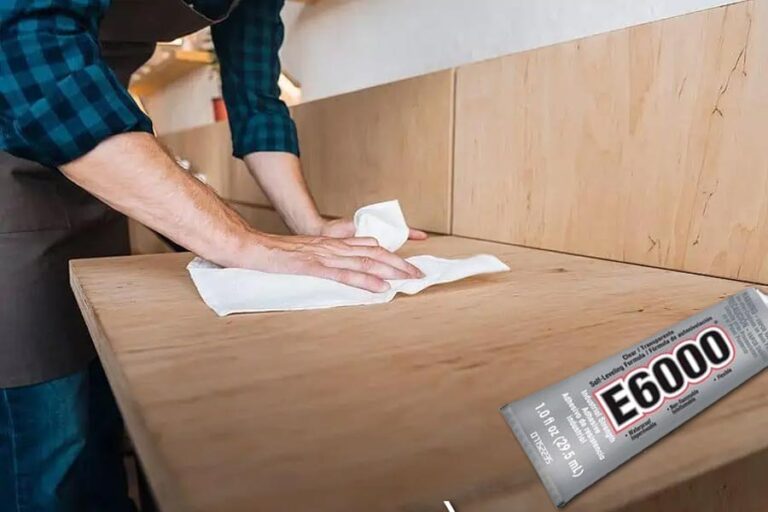Duct Tape vs Gaffer vs Painters: Guide
Duct Tape vs. Gaffer’s Tape vs. Painter’s Tape: A Comprehensive Comparison
When it comes to adhesive tapes, three common varieties stand out: duct tape, gaffer’s tape, and painter’s tape. Each tape serves a different purpose and has unique features that cater to specific industries and projects.
This guide will explore each type of tape in detail, comparing their properties, uses, and performance to help you make an informed decision for your next project.
Overview of the Three Types of Tapes
Here’s a quick breakdown of the primary characteristics of duct tape, gaffer’s tape, and painter’s tape:
| Feature | Duct Tape | Gaffer’s Tape | Painter’s Tape |
|---|---|---|---|
| Material | Polyethylene-coated fabric | Matte cloth-backed | Paper or thin plastic backing |
| Adhesion Strength | Very strong | Medium (strong, but clean removal) | Light (temporary applications) |
| Surface Damage | May leave sticky residue | Clean removal with no residue | Clean removal if promptly removed |
| Durability | High, waterproof, weather-resistant | Durable, resistant to heat and abrasion | Medium, not designed for outdoor use |
| Application | General repairs, bundling, and sealing | Entertainment, cable management | Painting, surface protection |
| Key Benefit | Heavy-duty strength and waterproofing | Non-reflective, residue-free removal | Creates clean paint lines |
Duct Tape
What is Duct Tape?
Duct tape is a multi-purpose adhesive tape made from a cloth backing coated with a strong rubber adhesive and laminated with polyethylene. It was originally developed for military use during World War II and has since become a household staple for general-purpose repairs.
Properties and Features
- Strength and Durability: Known for its strong adhesive and tensile strength, duct tape can withstand heavy-duty applications.
- Waterproof: The polyethylene coating makes duct tape resistant to water, making it ideal for outdoor tasks like sealing leaks or patching holes.
- Residue Issue: Duct tape tends to leave behind a sticky residue, particularly after long periods or exposure to high temperatures.
Common Uses
- Sealing and patching leaks.
- Temporary fixes for broken objects.
- Bundling cables and materials on construction sites.
- Emergency car or equipment repairs.
Advantages
- Excellent adhesion to rough surfaces.
- Affordable and widely available.
- Comes in various colors and grades for different needs.
Disadvantages
- Leaves sticky residue.
- Difficult to remove cleanly without solvents.
- Can degrade under prolonged UV exposure.
Gaffer’s Tape
What is Gaffer’s Tape?
Gaffer’s tape is a premium cloth-based adhesive tape widely used in the entertainment industry. Named after the “gaffer” (chief lighting technician) on film and theater sets, this tape is designed for temporary fixes that require clean removal.
Properties and Features
- Non-Reflective Finish: Its matte surface prevents light reflection, making it ideal for use on camera sets and stages.
- Clean Removal: Gaffer’s tape peels off cleanly without leaving any adhesive residue, even after extended use.
- Tearable by Hand: It can be torn easily in both directions, making it convenient for quick applications.
Common Uses
- Securing cables on floors in theaters and studios.
- Temporarily attaching props and set pieces.
- Labeling equipment and marking positions on stage.
Advantages
- Leaves no residue, even on delicate surfaces.
- Resistant to heat and abrasion.
- Ideal for temporary, high-visibility environments.
Disadvantages
- More expensive than duct tape or painter’s tape.
- Not as widely available in general stores.
- Adhesion is lower than duct tape for heavy-duty tasks.
Painter’s Tape
What is Painter’s Tape?
Painter’s tape, often confused with masking tape, is a low-adhesion tape designed specifically for painting projects. It prevents paint from bleeding onto protected areas, ensuring clean lines and easy removal.
Properties and Features
- Light Adhesion: Designed to stick to surfaces without causing damage or leaving residue.
- Clean Removal: Can be removed easily within a short period after application.
- Color: Typically blue or green to increase visibility against painted surfaces.
Common Uses
- Masking off areas during painting (e.g., baseboards, window frames).
- Temporary labeling or holding lightweight materials.
- Protecting surfaces from paint drips or splatters.
Advantages
- Perfect for achieving clean paint lines.
- Easy to reposition during application.
- Protects delicate surfaces from damage.
Disadvantages
- Loses adhesion quickly if left on surfaces for extended periods.
- Not suitable for heavy-duty repairs or outdoor applications.
- Limited durability under extreme conditions.
Detailed Comparison of Duct, Gaffer, and Painter’s Tape
The following table highlights the differences between duct tape, gaffer’s tape, and painter’s tape across multiple criteria:
| Feature | Duct Tape | Gaffer’s Tape | Painter’s Tape |
|---|---|---|---|
| Adhesion Strength | High | Medium (strong, but removable) | Low (temporary applications only) |
| Residue Left on Removal | Often leaves residue | No residue | No residue if removed promptly |
| Surface Compatibility | Adheres to rough, uneven surfaces | Works on most surfaces | Best on smooth, painted surfaces |
| Waterproofing | Waterproof | Not fully waterproof | Not waterproof |
| Price | Low to medium | High | Low |
| Industry Usage | Construction, DIY, maintenance | Film, theater, live events | Painting, interior design |
Choosing the Right Tape for Your Needs
Selecting the right tape depends on the project requirements. Here’s a quick guide:
- For heavy-duty repairs and sealing: Use duct tape. Its strong adhesion and waterproofing capabilities make it ideal for demanding tasks.
- For temporary applications in entertainment: Gaffer’s tape is the best choice. It’s easy to tear, non-reflective, and leaves no residue.
- For painting projects: Painter’s tape is designed to create clean lines and protect surfaces from paint bleed.
Tips for Using Each Tape Effectively
Duct Tape Tips
- Avoid using duct tape on painted surfaces or delicate materials.
- For a clean removal, try applying heat with a hairdryer to soften the adhesive.
- Store in a cool, dry place to maintain adhesive quality.
Gaffer’s Tape Tips
- Use for short-term applications that require clean removal.
- Ensure surfaces are clean and dry for better adhesion.
- Avoid prolonged outdoor use, as it’s not fully waterproof.
Painter’s Tape Tips
- Apply the tape firmly along the edges to prevent paint from seeping underneath.
- Remove the tape slowly at a 45-degree angle while the paint is still slightly wet.
- Don’t leave the tape on for more than 24 hours to avoid loss of adhesion.
Conclusion
In summary, duct tape, gaffer’s tape, and painter’s tape each serve distinct purposes:
- Duct tape is the go-to solution for heavy-duty, outdoor, and waterproof applications.
- Gaffer’s tape excels in temporary applications where clean removal and a non-reflective finish are essential.
- Painter’s tape is designed to protect surfaces during painting projects, ensuring clean, sharp lines.
Understanding these differences will help you choose the right tape for your project, saving you time, effort, and potential surface damage. Always consider factors like adhesion strength, durability, and ease of removal to make the best choice.







